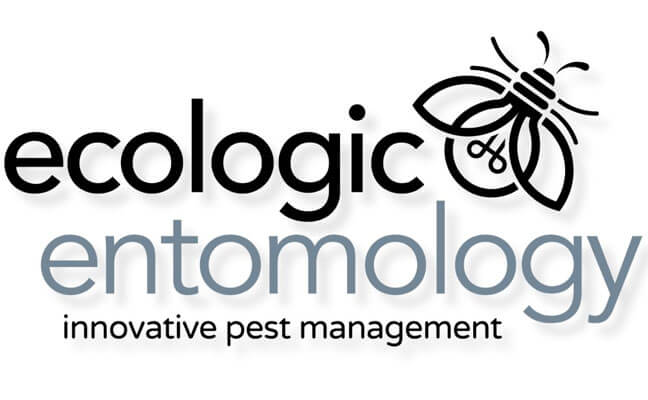House mice (Mus musculus) are among the most adaptable and problematic pests in commercial environments. Their small size, rapid reproductive cycle, and elusive habits make them difficult to detect and even harder to eliminate once established. While most pest management strategies focus on visible signs such as droppings, gnaw marks, or nesting material, one behavioral trait of house mice is often underestimated: their tendency to hoard food in inaccessible voids. This habit not only complicates eradication efforts but can also cause significant sanitation, structural, and reputational problems in commercial settings.
The Opportunistic Nature of House Mice
In any environment, house mice are opportunistic survivors. In commercial spaces—particularly food service establishments, warehouses, theaters, entertainment venues, retail stores, and office buildings—they exploit gaps in structure, hygiene practices, and operational oversight to find food, shelter, and water. These rodents are nocturnal by nature and exhibit neophobic tendencies, avoiding new objects or traps introduced into their environment. This makes early detection and control more challenging.
Mice typically forage within a small radius of their nest, often no more than 10–30 feet. They are nibblers, eating small amounts of food throughout the night. However, what sets them apart from many other rodents is their tendency to collect and stash food. In commercial environments, this hoarding behavior can have significant consequences.
Hoarding Habits and Void Nesting
House mice are known to drag food into wall voids, drop ceilings, storage racks, electrical conduit spaces, and other inaccessible areas. They may transport small items such as seeds, dry pet food, granola, or candy wrappers, stockpiling them near their nesting sites. These caches are usually located where they feel most secure—behind walls, inside appliance compartments, beneath cabinetry, or within insulation.
This behavior is instinctual, driven by the need to store resources in case of scarcity. In a commercial setting, it becomes particularly problematic for several reasons:
• Contamination Risk: Hoarded food is often laced with urine, feces, and nesting materials, creating unsanitary conditions. These hidden stockpiles can support bacterial growth and become breeding grounds for insects.
• Odor and Insect Activity: Decaying hoarded food leads to foul odors that are difficult to trace. It also attracts secondary pests such as cockroaches, flies, and pantry beetles, compounding the infestation.
• Fire Hazard: In some cases, mice hoard food in electrical panels or appliances, where gnawing on wires and accumulating organic debris can increase fire risk.
• Detection Delays: Because hoarded caches are hidden, they may go undetected for months. This allows mouse populations to grow unchecked, especially if there are multiple nesting sites spread throughout a large facility.
Commercial Settings Most at Risk
Food processing plants, grocery stores, restaurants, and warehouses that store dry goods are especially vulnerable. However, mice are not limited to these industries. They can infest office buildings, retail stores, and medical facilities—anywhere that offers warmth, shelter, and occasional access to food.
Facilities with outdated infrastructure, poor sealing, or cluttered storage areas are particularly at risk. Even in seemingly clean environments, mice can thrive if access points exist and monitoring is insufficient.
Implications for Pest Control
Understanding the hoarding behavior of house mice has direct implications for pest control strategies:
1. Inspection Must Go Deeper: Simply checking surface-level areas is not enough. Professionals must inspect voids, back-of-house storage, behind appliances, and inside false ceilings.
2. Baiting Strategies Need Adjustment: If mice have hidden food stores, they are less likely to take bait. This is why even high-quality rodenticides can be ineffective if hoarding isn’t accounted for.
3. Exclusion Is Critical: Sealing entry points is non-negotiable. This includes gaps around pipes, electrical lines, vents, and loading docks.
4. Sanitation Is Prevention: Regular deep cleaning, especially in food handling and storage areas, denies mice the materials they need for hoarding and nesting.
5. Monitoring and Follow-up: Routine monitoring with tamper-resistant stations and thorough documentation helps track activity patterns and locate hidden caches over time.
Conclusion
House mice are not just a nuisance in commercial environments—they are a persistent threat that exploits even the smallest lapses in building integrity and sanitation. Their inclination to hoard food in voids not only sustains them through traditional control efforts but also introduces long-term sanitation and maintenance issues. For business owners, understanding this behavior is key to implementing a proactive and effective pest management plan. Ignoring it guarantees the problem won’t just return—it’ll grow out of sight, out of reach, and out of control.
If your facility is challenged by an ongoing mouse infestation, contact our office to schedule a comprehensive assessment with one of our experienced advisors. From there we’ll be able able to prescribe a custom-tailored approach to suit the needs of your property and situation

